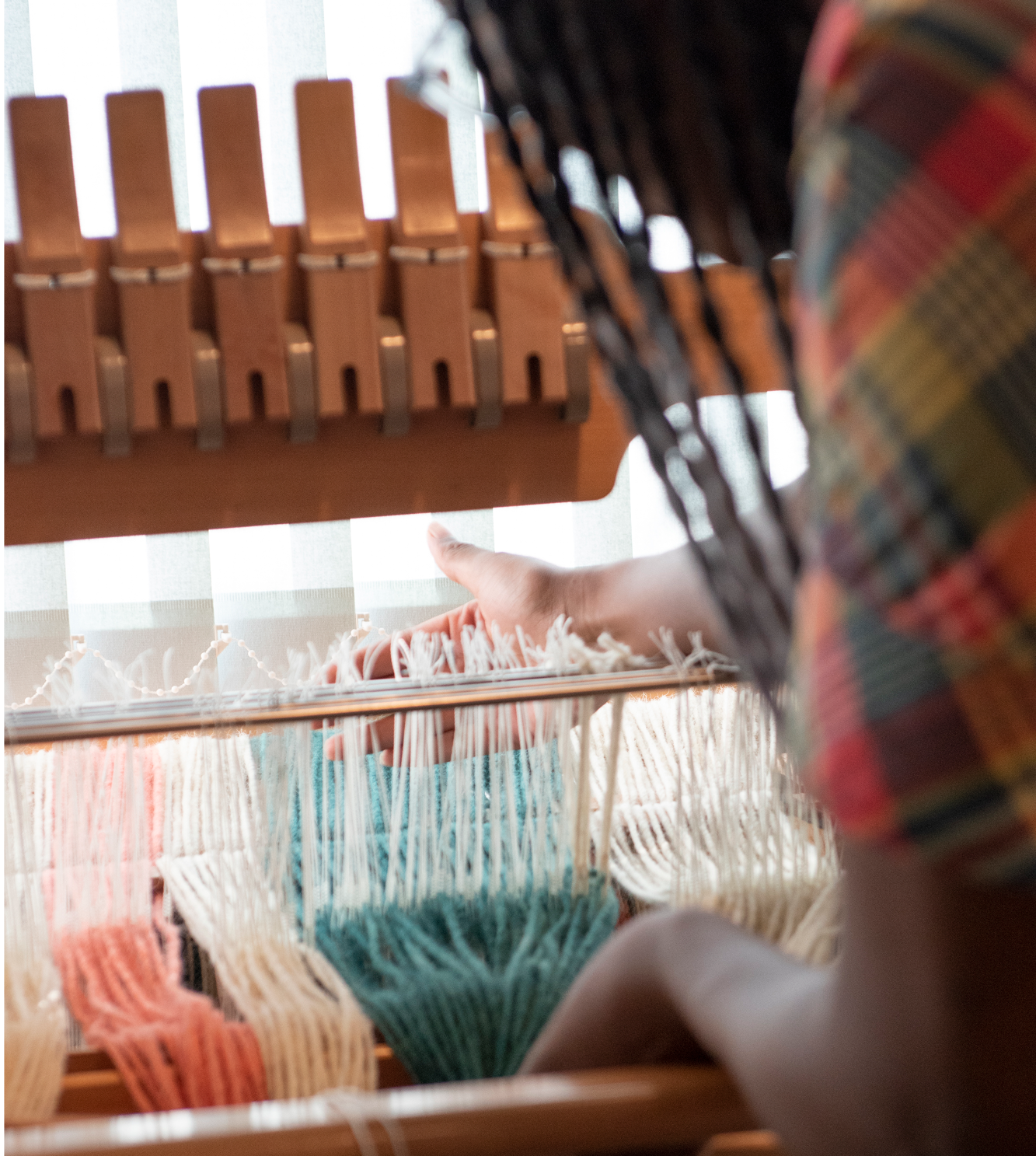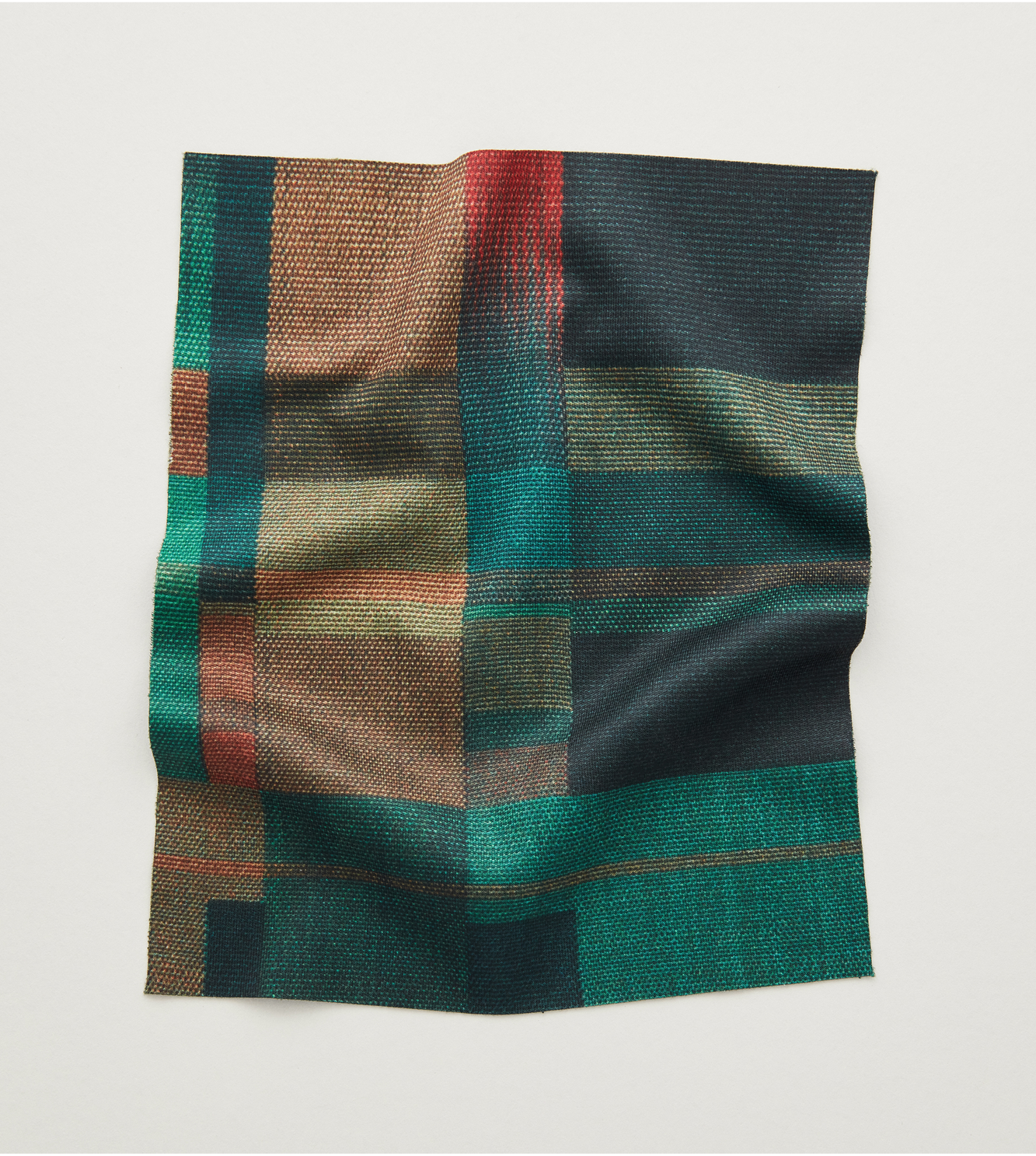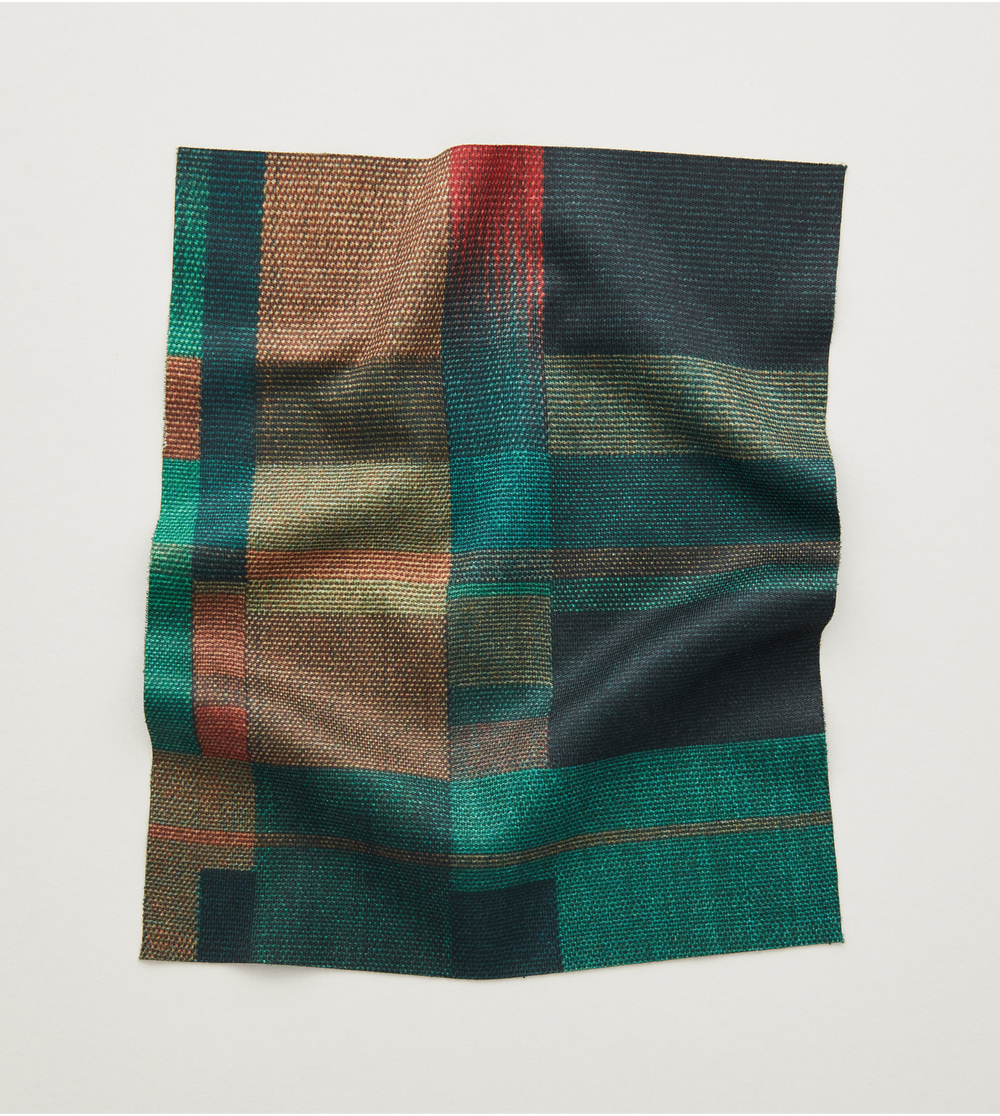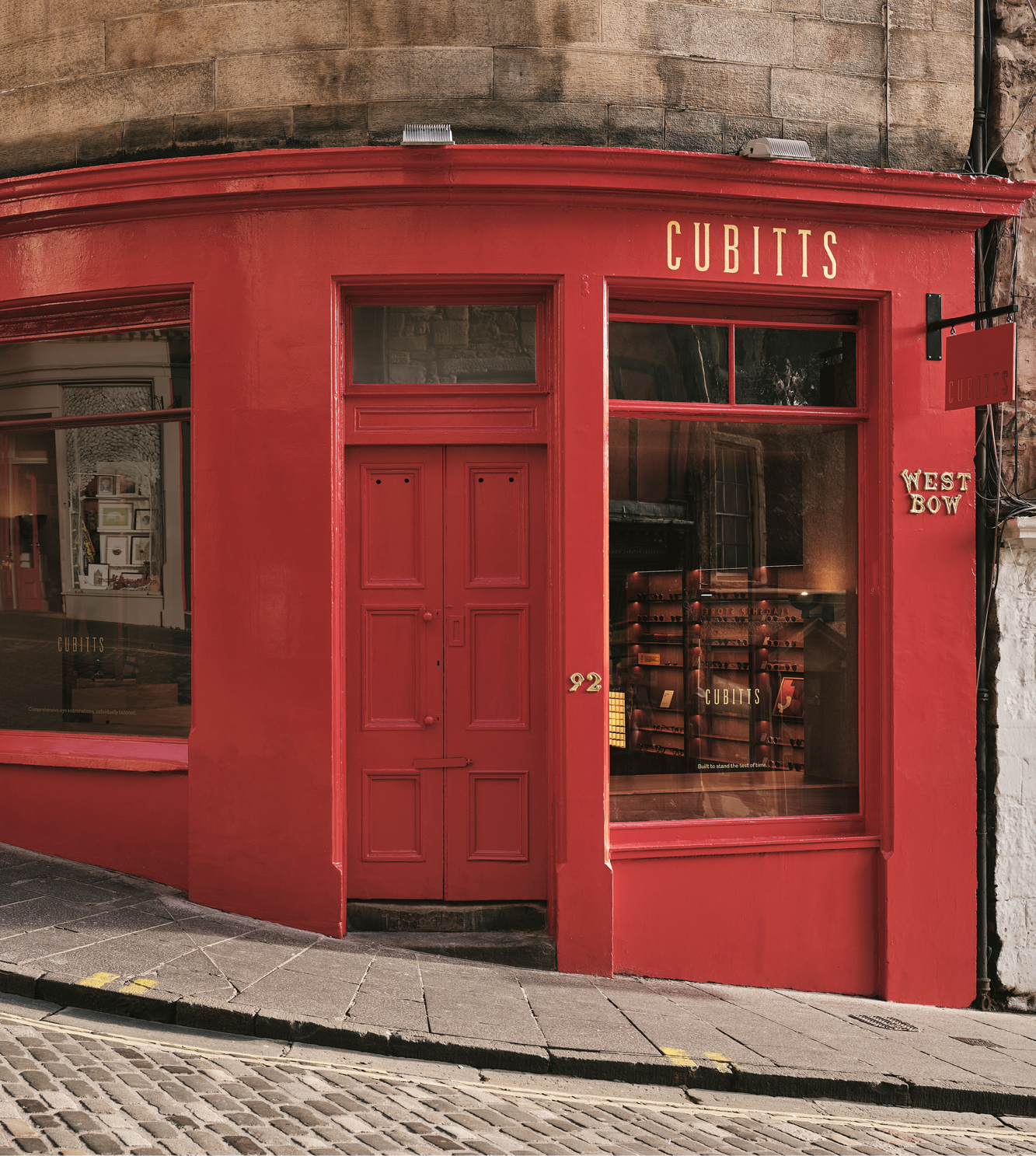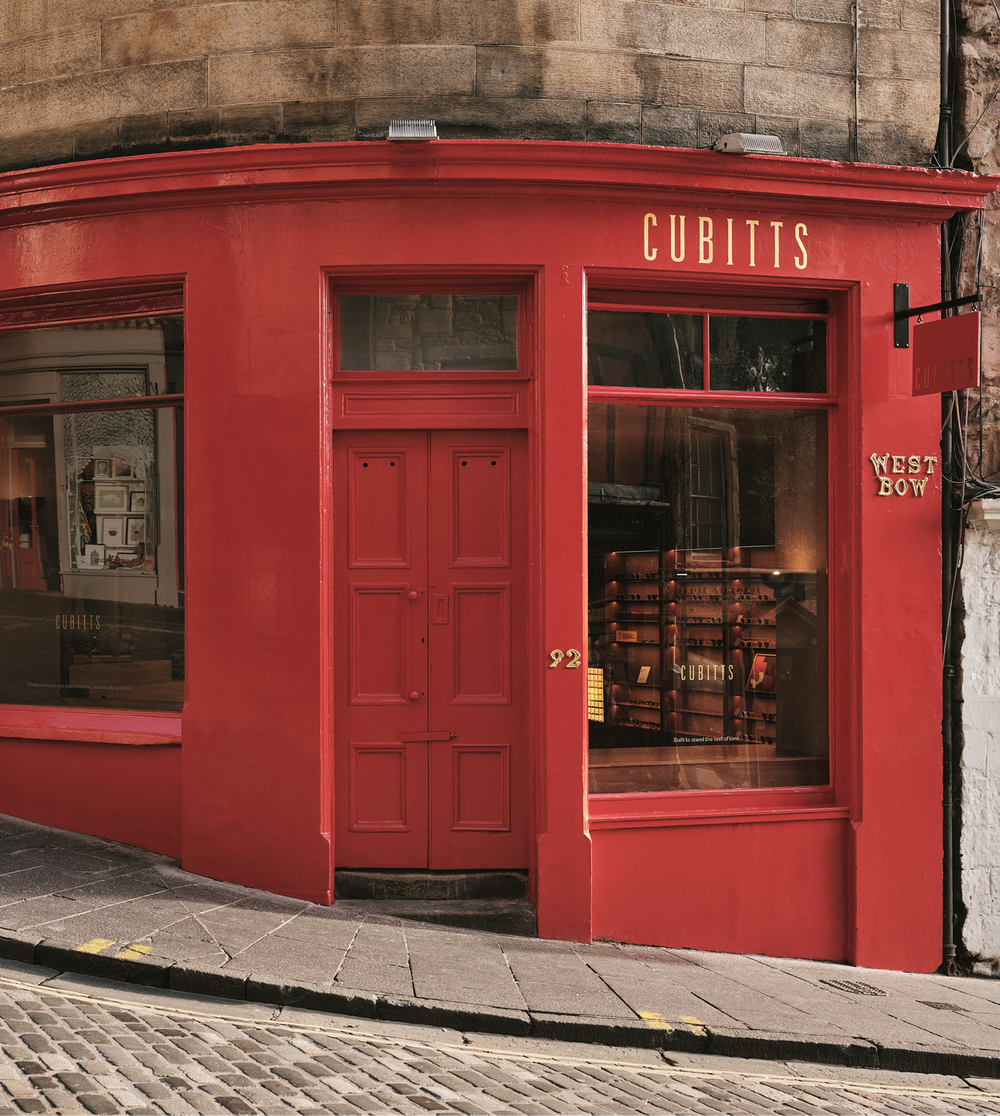To mark our new cleaning cloth inspired by Rowntree’s design, we visited the Edinburgh Weavers to explore their archive and discuss their modernist history.


Cubitts: To what extent does Edinburgh Weavers’ innovative championing of textiles owe a debt to the Arts and Crafts movement?
Edinburgh Weavers: A lot. Though the Edinburgh Weavers weren’t founded until 1928, the parent company, Alexander Morton and Co., had been was founded in the mid 1800s, and in the late 1890s was commissioned to create fabrics for William Morris. James Morton, who took over from his father, was a great admirer of Morris, but differed in his belief in industrial production. It was through this connection that James Morton forged connections with gifted designers, producing a range of floral designs. So the influence of the Arts and Crafts movement was embedded in the DNA of the Edinburgh Weavers long before it had taken shape.
C: So Edinburgh Weavers was founded in 1928 as a creative offshoot of the business. What influence did Alistair Morton have on the direction this took?
EW: Well Alistair Morton, who joined in 1931, was really the creative pioneer of Edinburgh Weavers. He was a creative, energetic soul, and the success of Edinburgh Weavers was centred around that spirit. From the beginning, he attempted to distinguish Edinburgh Weavers from its competitors with innovative and creative designs. His own designs have come to define the direction of Edinburgh Weavers, but it was in his artist collaborations that he really pushed the business to new creative spheres.


C:And the first of those collaborations was the Constructivist Fabrics collection?
EW: That’s right. Morton wanted to make fabrics that resonated with the younger generation, with a growing desire for modern, streamlined living. Constructivism’s revolutionary idealism struck Morton as vital, for the home as well as the gallery wall, especially in the context of the destruction of the war.
C: That collection included fabrics by Ben Nicholson and Barbara Hepworth. How did they influence the direction of Edinburgh Weavers?
EW: They are certainly the most prominent collaborators, and certainly the most prominent creators of the Constructivist Fabrics. Nicholson’s particularity about colour, led to fabrics that were often only very subtle in their gradation, moving away from more opulent designs and relating closely to his painting at the same time. Hepworth’s designs are of equal significance, but move away from her sculpted work. Her designs are distinctly architectural, recreating the sorts of forms we see in modernist buildings like Le Corbusier’s at the time.


C: Does the functionality of a textile enhance its beauty?
EW: Absolutely. You have more interaction with a fabric, which changes your relationship with the piece. The way something is woven has a big impact, bringing in handle and drape. What was quite unusual about Edinburgh Weavers was that they were quite rigid and that became part of the artwork. The same when we moved into printing, the question becomes how will the ink interact with the cloth. That’s something we have to consider now.
C: How has the company’s contemporary iteration returned to the past principles of Alastair Morton’s Edinburgh Weavers?
EW: We’re tapping back into the artistry that Edinburgh Weavers has historically been known for. As opposed to churning out designs for the sake of one market. Really go back to considering artistry more clearly. Even if that is going back into our archives and reexamining our old artworks. At the same time we obviously need to modernise in some senses, and that comes through largely in a push towards a more sustainable, slower industry.


C: Tell us about the design we’ve selected for our cleaning cloth.
EW: It is inspired by a textile by modernist painter Kenneth Rowntree, who produced a number of designs during the 1950s, including the surreal still life that this is based on. It’s one of a number of textiles from the history of the Edinburgh Weavers that we’ve revisited recently, a modern take on those artist collaborations that were so important to the foundation of the business.
The Edinburgh Weavers cloth is available from our Edinburgh stores, with all proceeds donated to the Alzheimer's Society.

